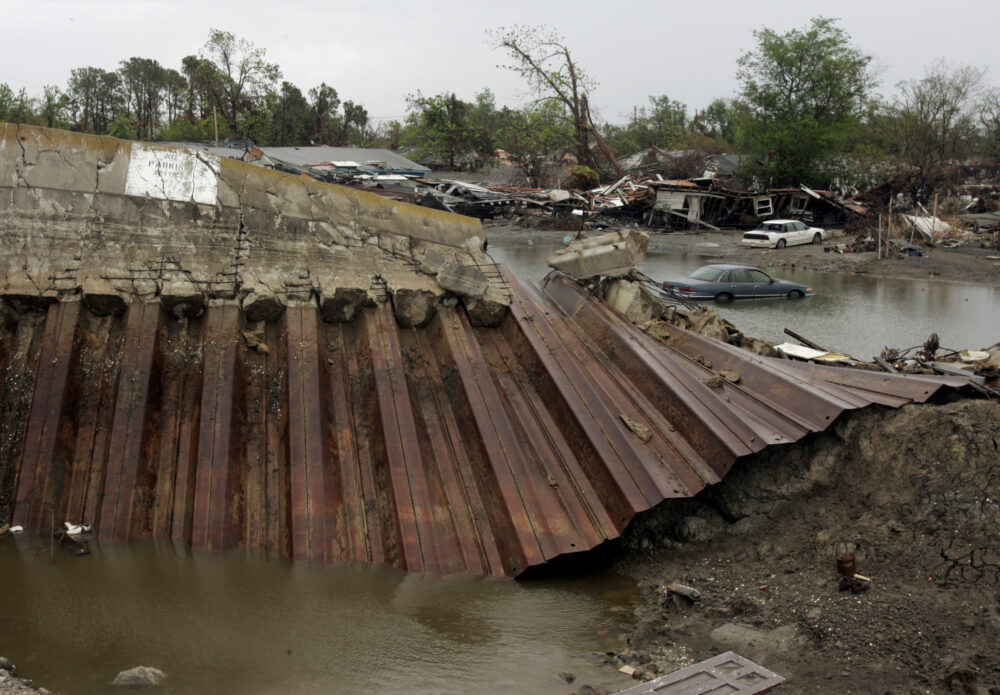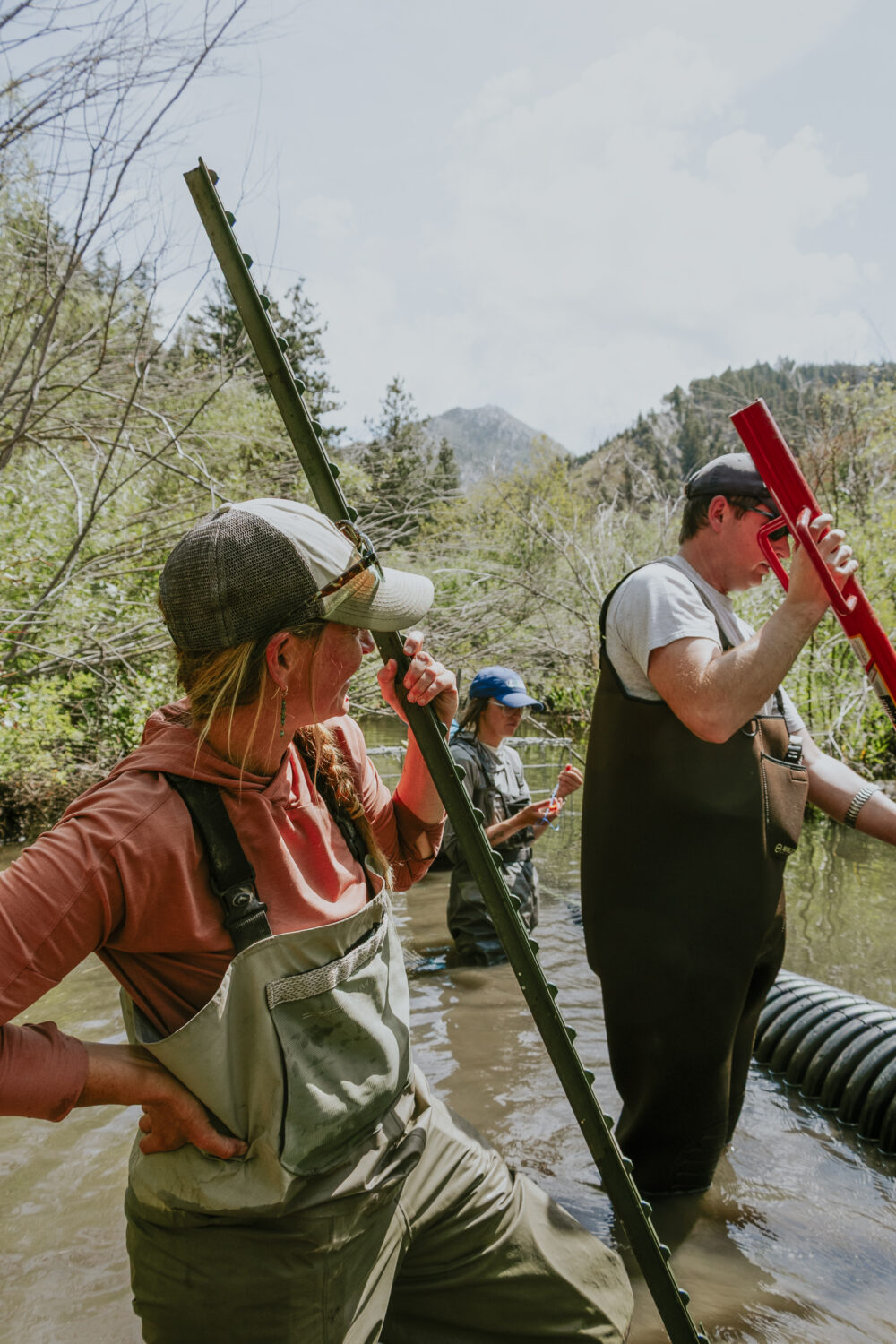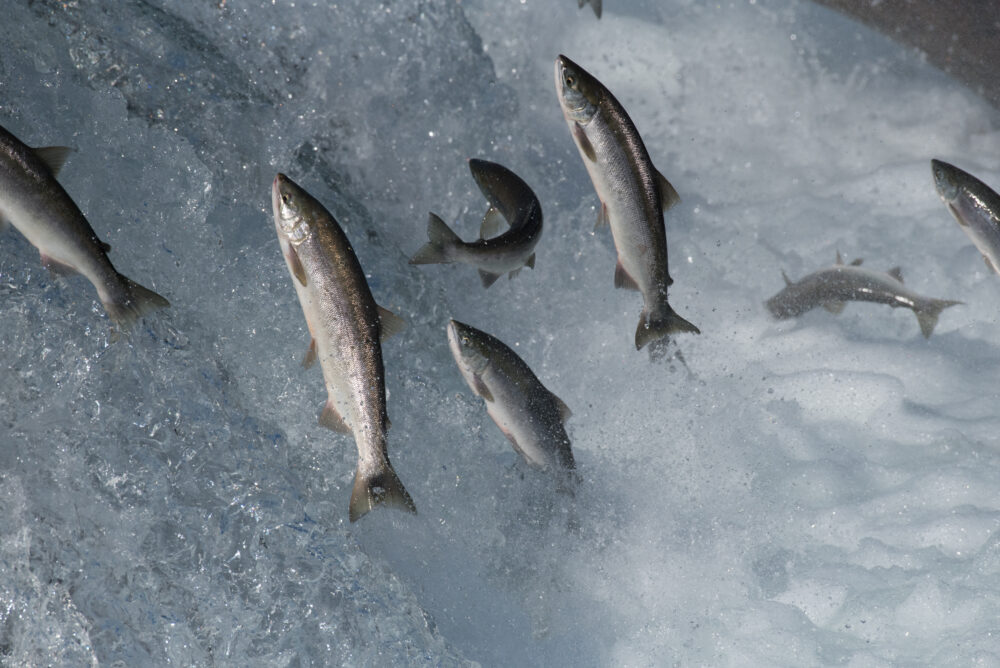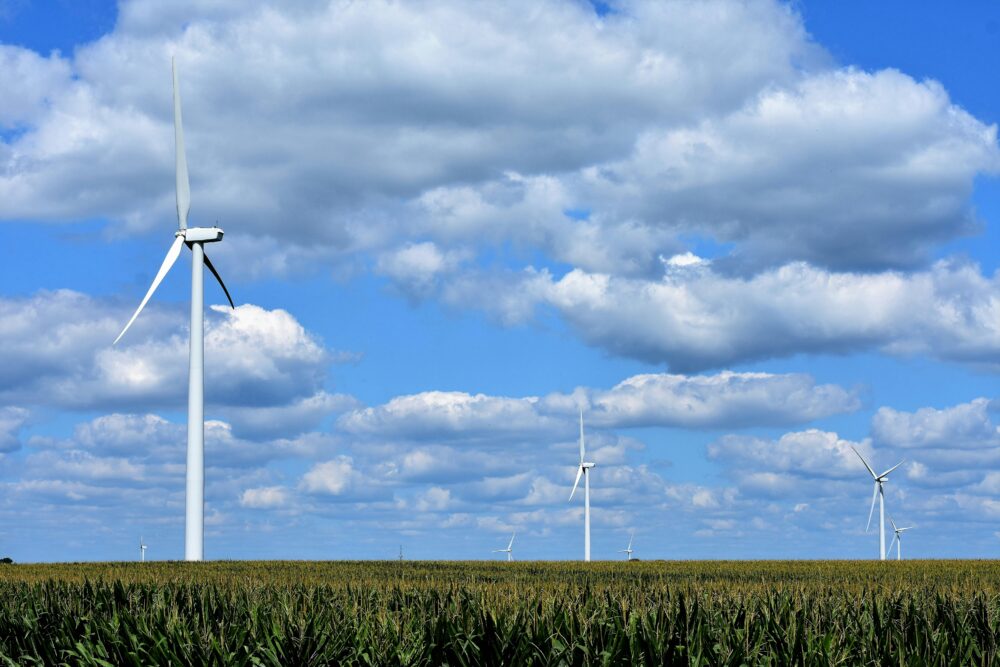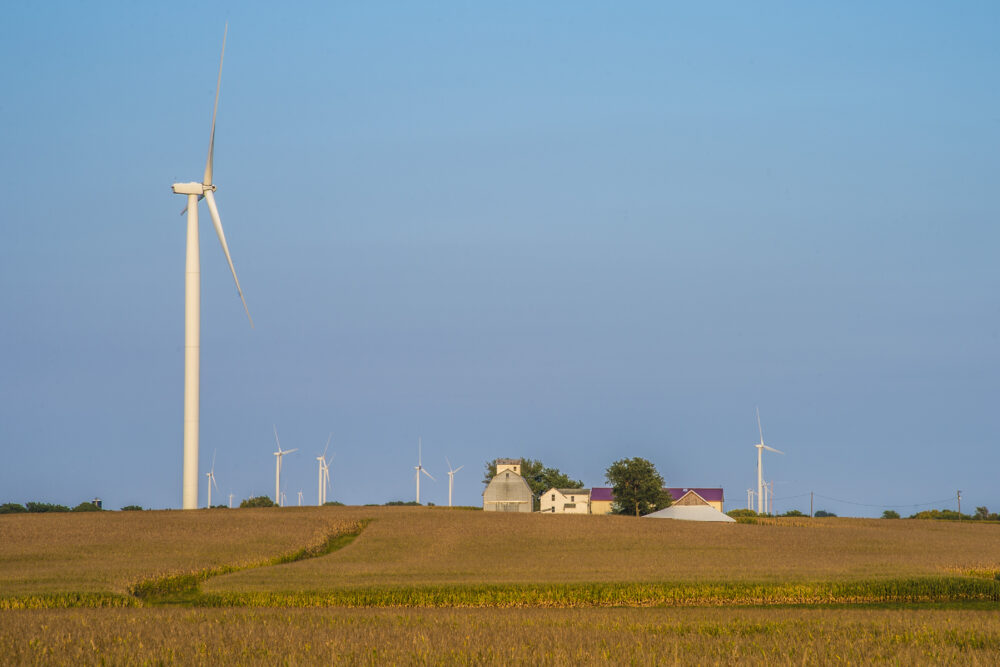We have much more to do and your continued support is needed now more than ever.
Bringing Offshore Wind to Onshore Communities
The Department of Energy reimagines an offshore power grid that serves everyone.
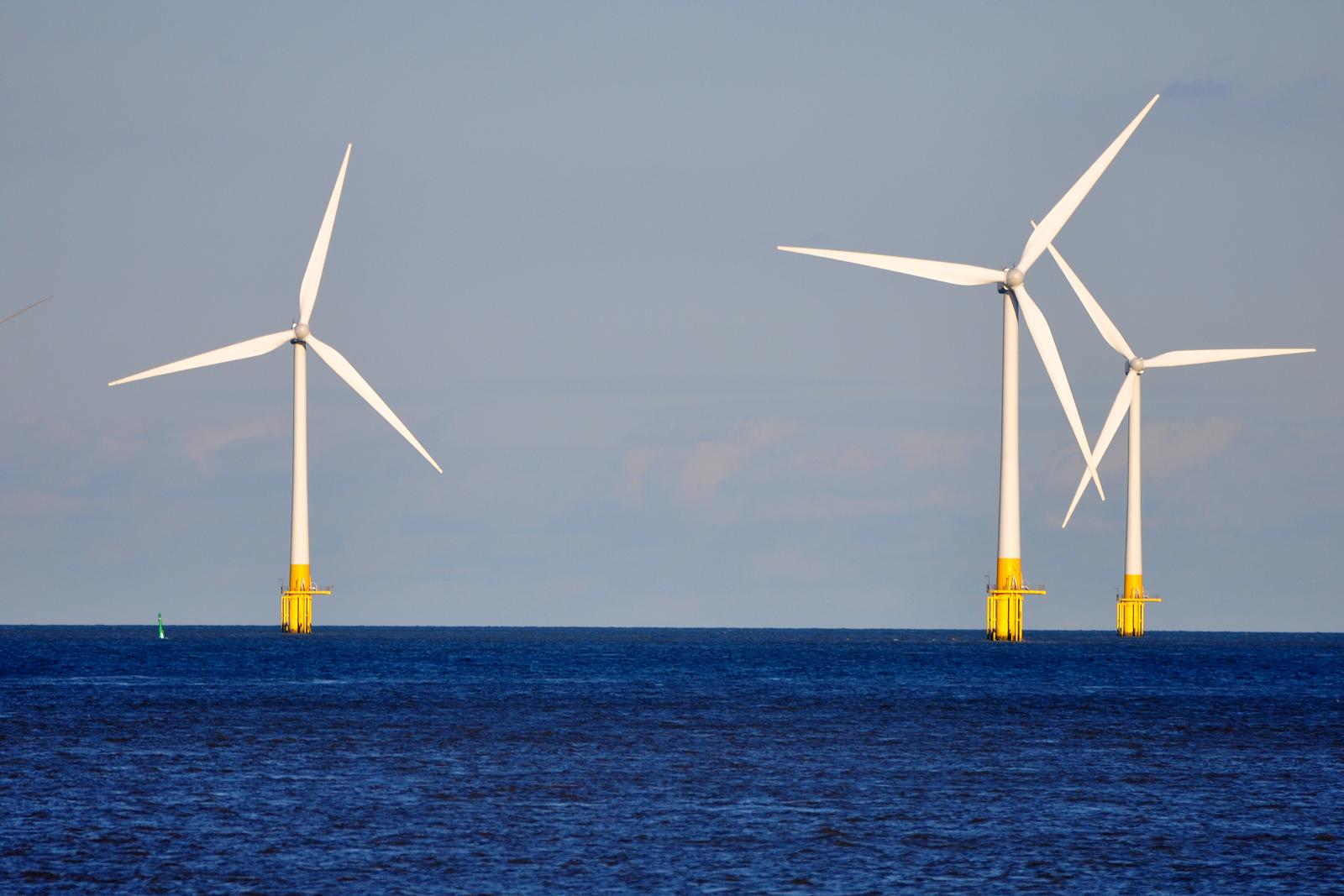
The Biden Administration is working to meet its ambitious goal of transforming how we generate and deliver electricity – a national target of 30 gigawatts of offshore wind energy by 2030 and an anticipated path to 110 gigawatts by 2050. As offshore wind expands along the Atlantic Coast, healthier and more affordable energy is coming to those coastal communities. One of the challenges we still face, however, is the way we move that energy from offshore generation to onshore homes and businesses. To do that, we need to invest in an offshore grid to carry the wind energy to where it’s needed most. This will require robust multiregional collaboration and planning.
Wholistic offshore grid planning
To address these concerns, the Department of Energy (DOE) released the Atlantic Offshore Wind Transmission Study (AOSWTS) highlighting the transformative power of multiregional transmission planning, important reliability impacts, siting considerations, potential cable routes, and cost savings for 2030 and 2050.
Key findings from the study include:
- Offshore wind will likely be a vital component to achieving a low-carbon future for Atlantic states.
- It is possible to plan offshore transmission while considering ocean co-uses and environmental needs.
- Benefits of networking offshore transmission include reduced curtailment (i.e., curbing the amount of electricity generated when it exceeds what the grid can handle), reduced use of high-cost energy generation, and improved reliability.
- Offshore transmission helps create a resilient grid by generating enough electricity to meet demand during severe weather, except in extreme circumstances.
- Offshore transmission assists in managing unexpected outages.
- Offshore networks with interregional connections provide the highest value by minimizing inefficiencies and added infrastructure.
- Benefits of offshore transmission networking outweigh the costs, often by a ratio of two to one or more.
- Building offshore transmission in phases can help reduce development risk, but early implementation of high-voltage direct current (HVDC) technology standards is essential for future interoperability.
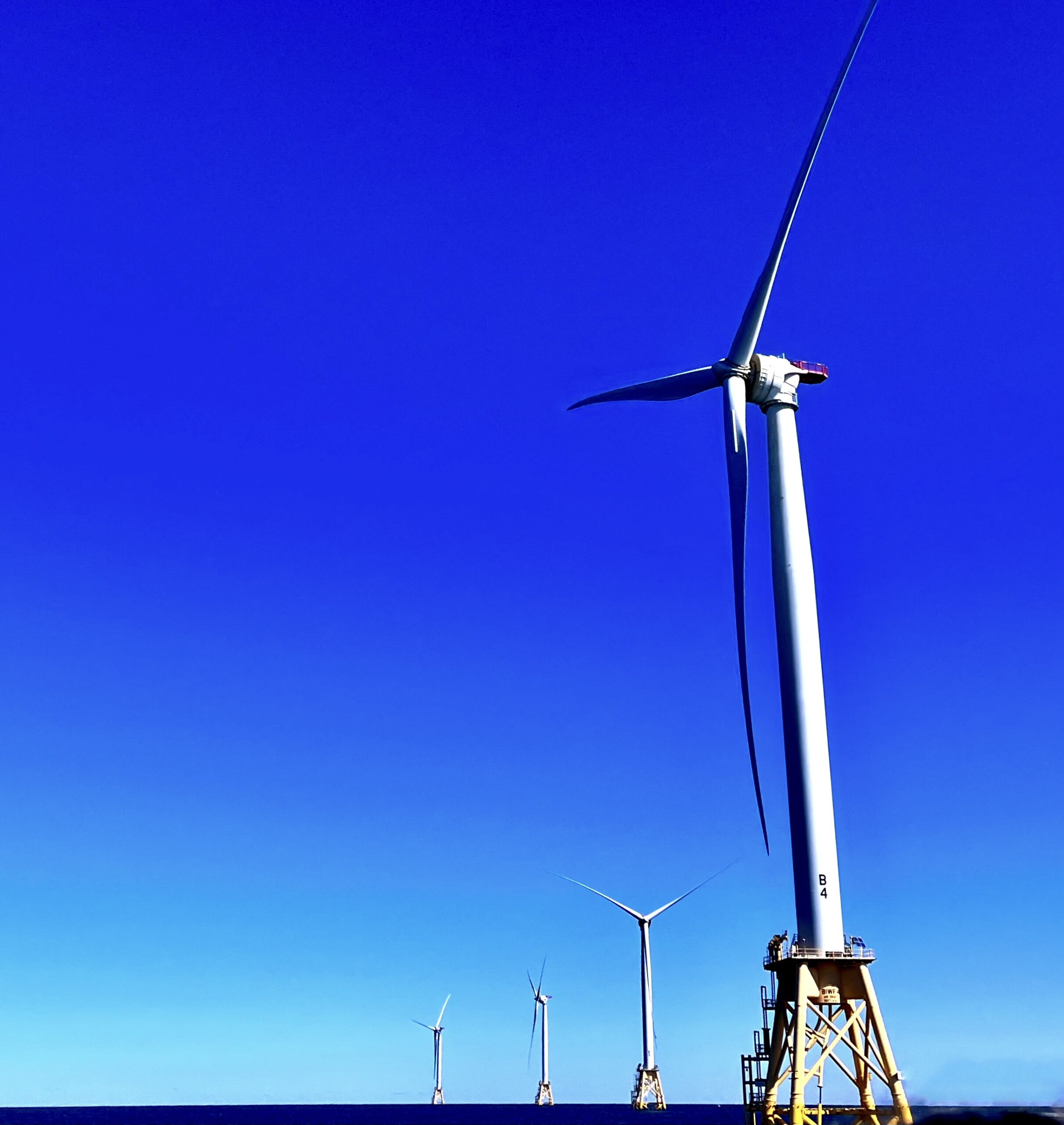
Initial efforts are strong, but more is needed
Taking further steps to ready the grid for more offshore wind, the DOE also released the Action Plan for Offshore Wind and Transmission development in the Atlantic Ocean. Immediate actions before 2025 include developing an Offshore Wind Transmission State Collaborative, a Regional Planning Collaborative, voluntary cost allocation assignments, and North American Electric Reliability Corporation (NERC) reliability standards around offshore transmission.
Effective multiregional transmission is the key to responsibly developing offshore wind. Unfortunately, hurdles such as inadequate environmental reviews, a lack of long-term planning and sustained federal leadership, and conflicting processes and costs have prevented multiregional offshore transmission development. The Action Plan from the DOE is an excellent framework to begin this work, but there is still more work to do!
A practical roadmap for offshore grid planning
Fortunately, additional opportunities are on the horizon to strengthen offshore wind transmission plans. The National Wildlife Federation, along with the Vermont Natural Resources Council, Environmental League of Massachusetts, and other partners, urged the Department of Energy to use the National Interest Electricity Transmission Corridors (NIETC) process to designate Atlantic offshore transmission corridors that the DOE already identified in the AOSWTS to connect electric grid operators across New England, the mid-Atlantic, parts of Appalachia and the mid-West, and the Carolinas.
A NIETC is a specific geographic area informed by the findings of the DOE National Transmission Needs Study. This study paved the way for the DOE to designate a NIETC where transmission gaps hurt communities and where new transmission can improve grid reliability, resiliency, and affordability for all. This readily available tool also means the DOE can address coordination, leadership, financing, and logistical gaps. DOE is expected to issue a proposal for several NIETC designations in the next few months.
A NIETC designation unlocks essential financing mechanisms, like those in the Transmission Facility Program (TFP) and the Transmission Facility Financing (TFF) loan program authorized by the Inflation Reduction Act and the Infrastructure Investment and Jobs Act.
State and national goals drive offshore wind and the associated transmission development. The DOE should not miss out on the NIETC opportunity to assist with aligning these goals with the practicalities of development.








